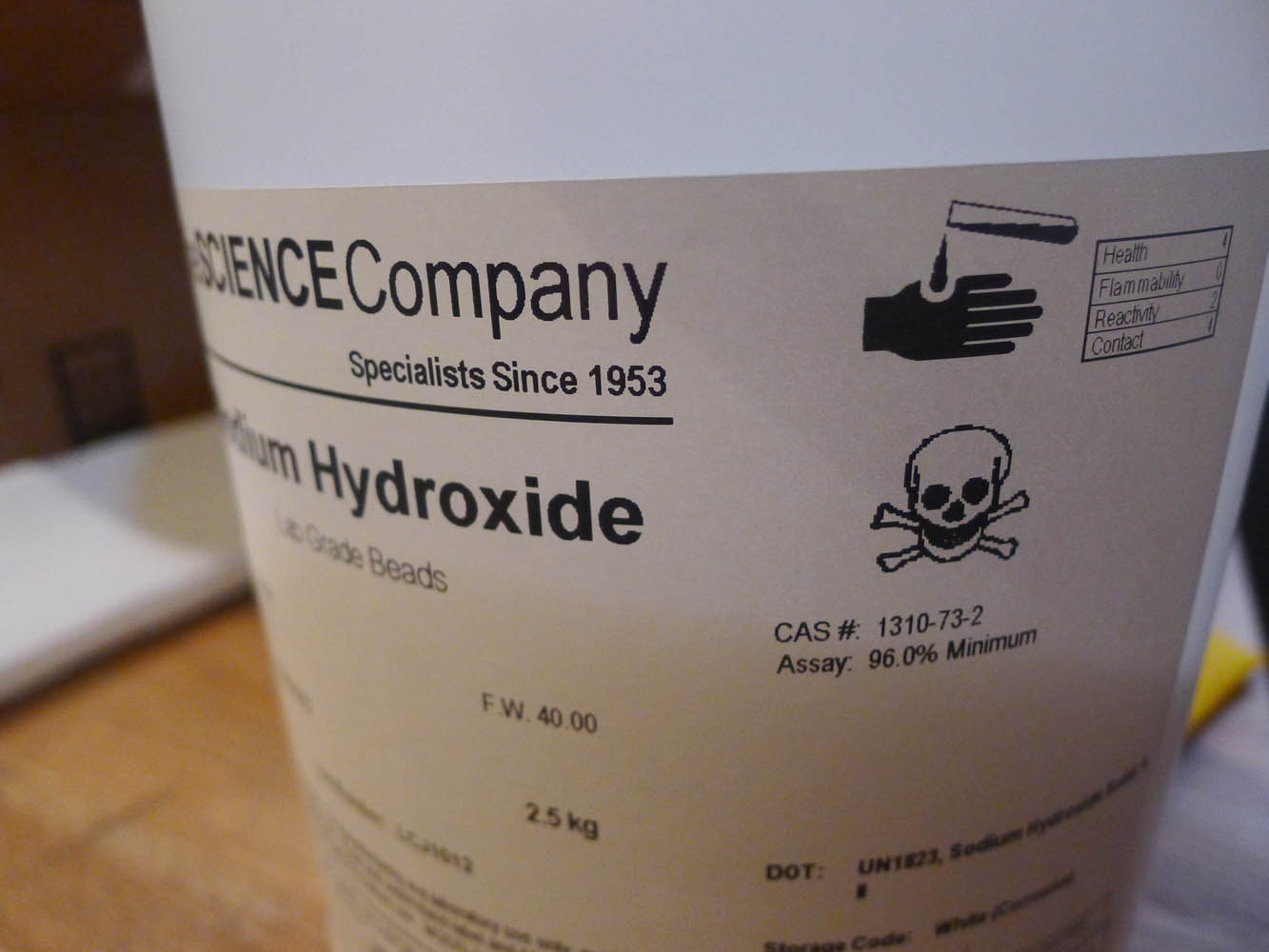 I’ve been to the Brooklyn Brainery in Prospect Heights a couple of times now – for a computer hacking course and another for making sauerkraut – but I’ve not revisited the lessons since. Tonight I went back to learn how to make soap, and I can say with certainty that I’ll be using these skills again.
I’ve been to the Brooklyn Brainery in Prospect Heights a couple of times now – for a computer hacking course and another for making sauerkraut – but I’ve not revisited the lessons since. Tonight I went back to learn how to make soap, and I can say with certainty that I’ll be using these skills again.
Before the class, the only knowledge I had of what goes into soap was through Fight Club; remember how Tyler Durden jumped over the walls of hospitals to nick all the fat from liposuctions, so he could use it for his homemade soap? So I knew there would be fat involved – and, as a vegetarian, I hoped it wouldn’t be any of the animal variety (or human).


In fact, the fat came from three different oils – olive, coconut and canola – as well as a few other simple ingredients measured scientifically. The class was taught by Nikki, a welder by day and soap maker by night. She walked us through a cold method of making hard soap, and showed us just how simple it is – as long as you’re accurate.
We started with the lye; for hard soap you use Sodium Hydroxide, for liquid soap you use Potassium Hydroxide. The toxic stuff – which you can order from Amazon, bizarrely – turns into a salt after it’s mixed with water and oil.
Wearing gloves and protective eye gear, she started by adding 3.99 oz of the lye to 8.5 oz of water before taking it outside so we could escape the stink and the fumes. She left it out there until its temperature dropped to 125 degrees, which took around 10 to 15 minutes.
In the meantime, she mixed 12 oz of canola oil, 8 oz of olive oil and 8 oz of coconut oil – but said that any of those could be switched with another fat, from almond oil to milk or bacon fat.
When the lye was cooled, we mixed it with the oils and it went this amazing green colour. Using a hand-held mixer, she whizzed it up together until it was about as thick as a custard and then she added 1.6 oz of orange oil – her scent of choice. Of course you could also add a different extract instead; Nikki also had a previously-made soap which used eucalyptus.


Then came the fun bit. We scooped the concoction into mini cups and mixed it with oats, poppy seeds and more extract. This is where you can get creative and you could add anything – herbs, lavender, cocoa powder etc. I’m going to get brainstorming about what I could use in the future – and a visit to the Body Shop to steal some ideas would probably help too.

Tomorrow I’ll turn the soaps out and leave them in a cool, dry place and it’ll be good to use in two to six weeks. Hurrah.
Although I’m sure I could just follow the recipe, it was so useful going to the class to see it in action, and to learn the various tit bits of history about soap making that Nikki shared with us. I left all excited about what I can mix in batches in the future, how I could layer different scents, if I could spell out names etc. The Brooklyn Brainery has come through for todaysthedayi once more!
Without a doubt, I’ll be doing this one again. So you all know what you can expect for Christmas.








Recent Comments